Mark I gyro SightAfter tests with two experimental sights which had begun in 1939, the first production gyro gunsight was the British Mark I Gyro Sight, developed at Farnborough in 1941,
and prototypes of which were tested in a Supermarine Spitfire and the turret of a Boulton Paul Defiant in the early part of that year.
With the successful conclusion of these tests the sight was put into production by Ferranti, the first limited-production versions being available by the spring of 1941,
with the sights being first used operationally against Luftwaffe raids on Britain in July the same year.
The sight had a number of drawbacks however, including requiring the pilot/gunner to look through a small aperture, so production was postponed and
work started on an improved sight which would incorporate a normal reflector system instead.
This new sight became the Mark II Gyro Sight, which was first tested in late 1943 with production examples becoming available later in the same year.
The cockpit of a Spitfire IX showing the Mk II Gyro gunsight.
The Mark II was also subsequently produced in the US by Sperry as the K-14 (USAAF) and Mk18 (Navy)
The radar-aimed AGLT Village Inn tail turret incorporated a Mark II Gyro Sight and
this turret was fitted to some Lancaster bombers towards the end of World War II.

 German developments
German developmentsAlthough since 1935 the relevant German companies offered the Reich Air Ministry (RLM) a new type of gyro-stabilized sight,
the well-proven REVI (Reflexvisier, or reflector sight) remained in service for combat aircraft.


The gyro-stabilized sights received an additional designation of EZ (Einheitszielvorrichtung, or Target Predictor Units), such as EZ/REVI-6a.
The development of the EZ 40 gyro sight began in 1935 at the Carl Zeiss and Askania companies, but was of low priority.
Not until the beginning of 1942, when a US P-47 Thunderbolt fighter equipped with a gyro-stabilised sight was captured, did the RLM speed up research.P-47 cockpit & gyro sight detail 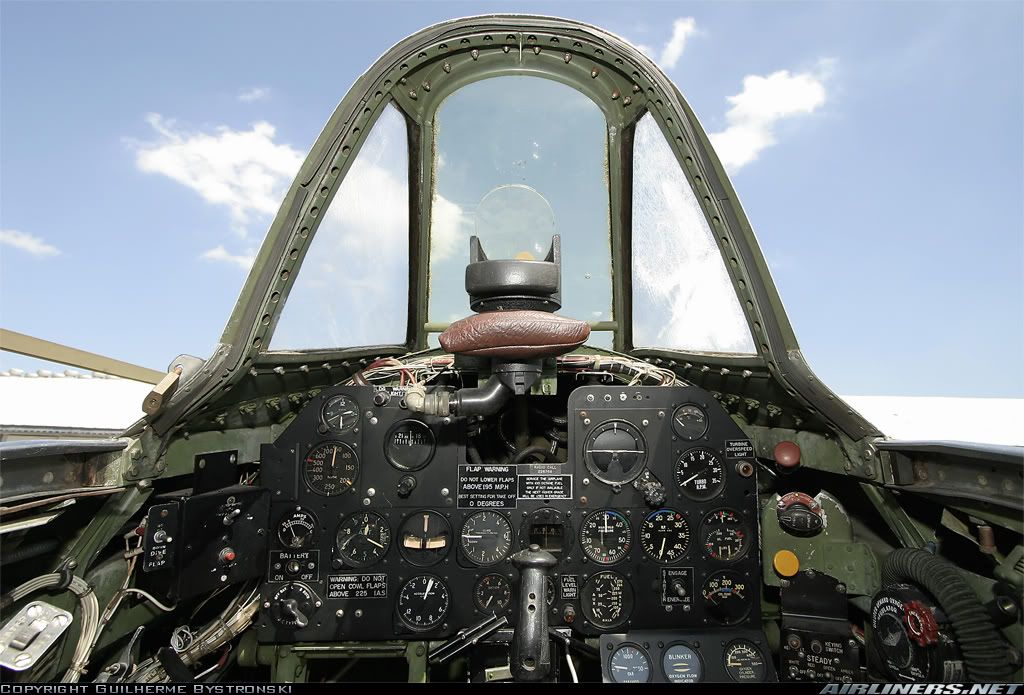

In the summer of 1941, the EZ 40, for which both the Carl Zeiss and Askania companies were submitting their developments, was rejected.
Tested in a Bf 109 F, Askania's EZ 40 produced 50 to 100% higher hit probability compared to the then standard sight, the REVI C12c.
In the summer of 1943 an example of the EZ 41 developed by the Zeiss company was tested, but was refused because of too many faults.
In the summer 1942, the Askania company began work on the EZ 42, which gunsight could be adjusted for the target's wingspan (in order to estimate distance to the target).
Three examples of the first series of 33 pieces were delivered in July 1944.
These were followed by further 770 units, the last being delivered by the beginning of March 1945. Each unit took 130 labour hours to produce.
The EZ 42 was made up by two major parts, and stabilization was provided by two gyroscopes.


The system, weighing 13.6 kg (30 lb) complete, of which the reflector sight was 3.2 kg, was ordered into mass production at the Steinheil company in Munich.
Approximately 200 of the sights were installed into Fw 190 and Me 262 fighters for field testing.
The pilots reported that attacks from 20 degrees deflection were possible, and that although the maximum range of the EZ 42 was stated as approximately 1,000 meters,
several enemy aircraft were shot down from a combat distance of 1,500 meters.

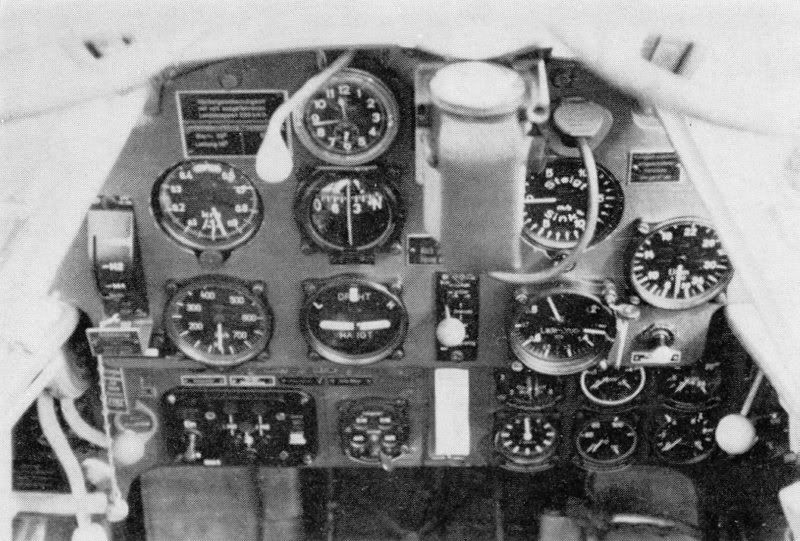
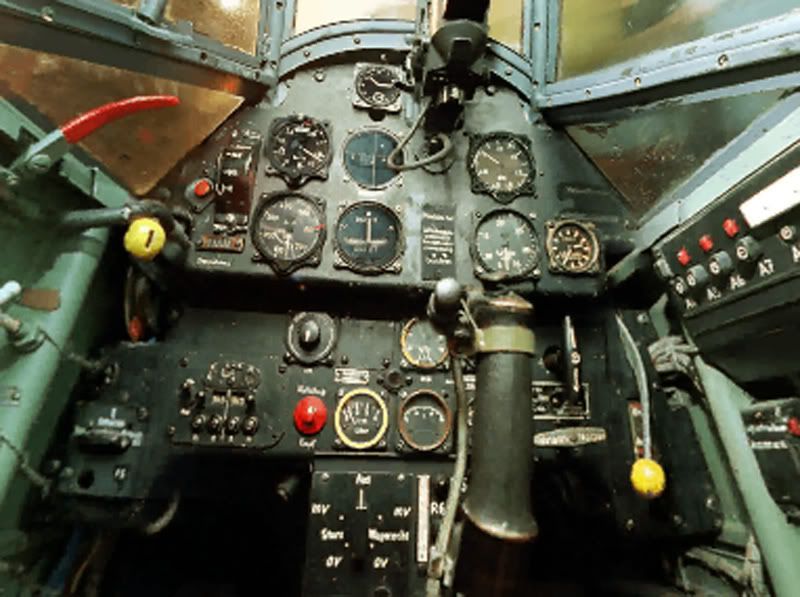
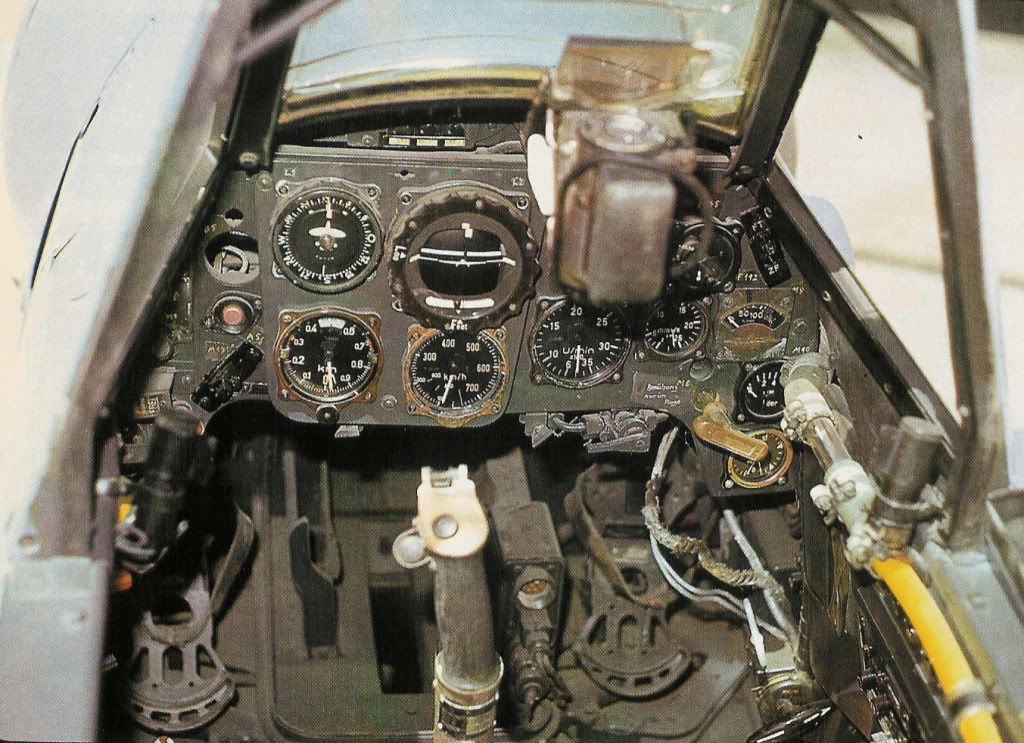
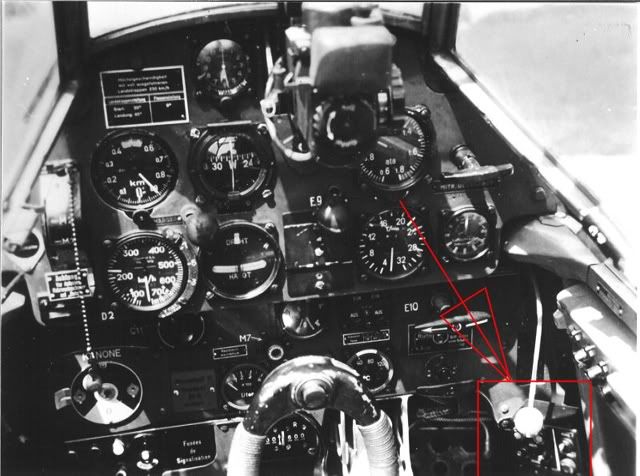
The EZ 42 was compared with the Allied G.G.S. captured from in a P-47 Thunderbolt in September 1944 in Germany.
Both sights were tested in the same Fw 190, and by the same pilot. The conclusion was critical of the moving graticule of the G.G.S., which could be obscured by the target.
Compared to the EZ 42, the Allied sight's prediction angle was found on average to be 20% less accurate, and vary by 1% per degree.
Tracking accuracy with the G.G.S. measured as the mean error of the best 50% of pictures was 20% worse than with the EZ 42.
 Author
Topic: UK Mk I Gyro Sight vs De Revi 16B etc (Read 7554 times)
Author
Topic: UK Mk I Gyro Sight vs De Revi 16B etc (Read 7554 times)


